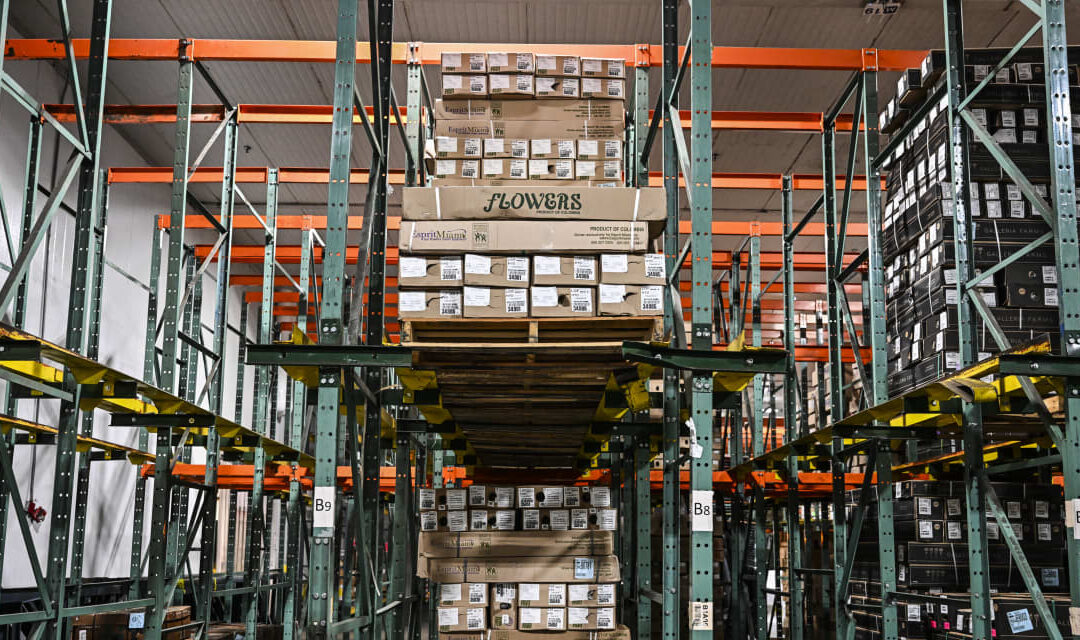Story developing. Stay tuned for updates here.
The numbers: Wholesale costs rose in January at the fastest pace in five months, possibly another sign inflation won’t slow toward the Federal Reserve’s 2% target as fast as hoped.
The 0.3% increase in the producer price index last month was larger than the 0.1% forecast of economists polled by The Wall Street Journal.
The rise in wholesale inflation over the past 12 months ticked down to 0.9% from 1.0%, however.
Core wholesale prices, which exclude food, energy and trade margins, rose an even sharper 0.6% in January. That was the biggest increase in a year.
The 12-month rate of core wholesale inflation was unchanged at 2.6%.
Inflation tends to bubble up at the wholesale level before spilling over to consumers.
The PPI report follows a disappointing increase in the consumer price index in January. The rise in prices at the start of 2024 suggests inflation is not going to glide quickly or easily to the Fed’s goal.
The rate of U.S. inflation is just over 3%.
Both the CPI and PPI reports also feed into the Fed’s preferred inflation tracker known as the PCE index. Economists now expect an elevated inflation reading in the January PCE report when it’s released in two weeks.
That will keep the worries about sticky inflation alive.
Big picture: Inflation is likely wane further in 2024, but the CPI and PPI price gauges suggests the road to the central bank’s goal is likely to be “bumpy,” as the president of the Atlanta Federal Reserve said Thursday.
For now Wall Street isn’t expecting the first cut in interest rates until the late spring or summer. Fed officials in the past week have warned investors not to expect reductions in interest rates anytime soon.
Key details: The cost of services — the main driver of U.S. inflation — climbed 0.6% in January. Wholesales prices for medical care, financial advice, legal services and travel arrangements all rose.
Many companies raise prices at the beginning of each year. The PPI is supposed to adjust for annual increases, but it’s estimates aren’t always accurate.
In any case, service inflation has slowed considerably in the past year. Wholesale service prices have only risen 2.2% in that span.
The cost of wholesale goods, meanwhile, fell for the fourth month in a row and are down 1.7% in the past 12 months. The decline was led by gasoline.
Inflation further down the pipeline appeared to be more benign.
The wholesale cost of partly finished goods fell slightly last month and are 3.8% lower compared to a year ago.
The cost of raw materials are down an even sharper 15% vs. a year earlier.
The PPI report captures what companies pay for supplies such as fuel, packaging and so forth. These costs are often passed on to customers at the retail level and give an idea of whether inflation is rising or falling.
Market reaction: The Dow Jones Industrial Average
DJIA,
and S&P 500
SPX,
were set to open lower in Friday trading after the PPI report. The yield on the 10-year Treasury rose five basis points to 4.31%.









